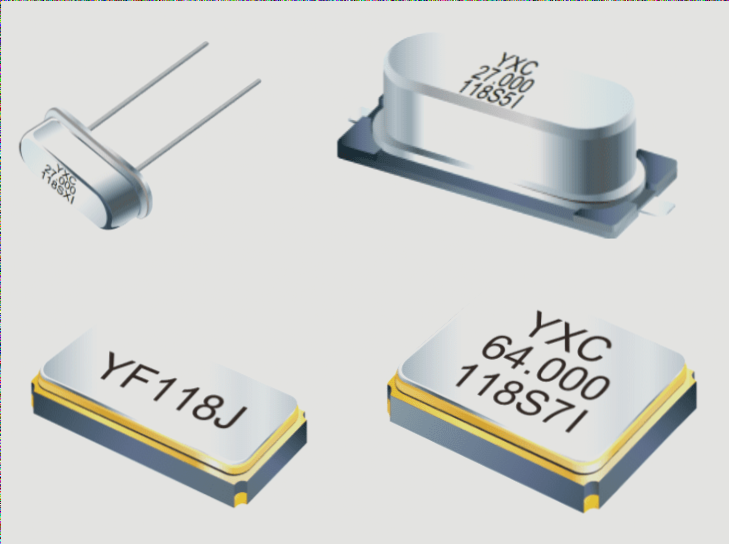PCB testing plays a critical role in the PCB manufacturing process. It should be viewed as an integral part of production rather than a separate quality control step. We’ve previously discussed PCB testing methods, particularly automatic optical inspection (AOI) and functional testing. AOI employs optical technology to check if PCB components meet the required specifications, enabling quick corrections when defects are detected. On the other hand, functional circuit testing (FCT) is performed at the end of the manufacturing process. Although FCT is time-consuming, it offers a more comprehensive assessment to ensure that only fully functional boards are delivered to customers.
In this article, however, we focus on where PCB testing should begin. While the testing methods mentioned earlier are effective for individual circuit boards with specific purposes, modern PCBs need to become more versatile in operation and increasingly interconnected. Devices, connectors, and equipment that demand higher levels of heat resistance, vibration tolerance, and protection from environmental factors will require more rigorous and expansive PCB testing than what is commonly performed today.

**1. The Internet of Things in Commercial and Industrial Environments**
If people attempt to apply the “Internet of Things” concept in a commercial or industrial setting, it may lead to misconceptions—not because it won’t influence perceptions about the future of industry, but because the term can be misleading. Specifically, Industry 4.0 has absorbed several core principles of the Internet of Things, such as communication, networking, and centralized automated decision-making.
In many manufacturing sectors, PCB/SMT processes are highly automated. However, under the umbrella of Industry 4.0, these processes are also facing challenges, including rising labor and operational costs, as well as the need for industrial upgrades. So, what should processing companies do in response?
Industry 4.0 should focus on integrating industrialization with digitalization as a breakthrough strategy. Currently, the SMT/PCB industry already has a relatively high level of automation. A good starting point would be to improve the integration of the MES (Manufacturing Execution System) and ERP (Enterprise Resource Planning) systems to enhance the digital capabilities of the manufacturing process.
PCBs are expected to incorporate more system-on-chip (SoC) features in the future, particularly in wireless communication protocols. These developments will likely be deployed in remote or harsh environments. As such, PCB testing will need to adopt new methodologies to evaluate these emerging characteristics. For instance, ensuring full compliance with communication standards, assessing signal range, and monitoring power consumption are key factors that will determine PCB performance. Additionally, reliable long-term operation under heat and vibration will demand more robust circuits, which traditional PCB testing may not fully assess. Qualitative and quantitative evaluations beyond production will be necessary.
**2. Simple PCB Assembly Tips and Tricks**
When designing a prototype PCB, it’s essential to follow a set of best practices to ensure the manufacturing process goes smoothly. Below are some tips and tricks to help beginners assemble their first circuit board like a professional.
**Placing Components**
There are three primary types of prototype PCBs: single-sided, double-sided, and multilayer. Each type of PCB has its own set of rules for component placement, but based on experience, it’s generally best to place components on the top layer of the circuit board. It’s crucial to position all components in designated areas, including switches, connectors, LEDs, mounting holes, and heat sinks.
The goal is to minimize the distance between components to avoid potential short circuits. By positioning components close together where possible, it becomes easier to route the traces.
For ICs, it’s important to place them in a consistent orientation—either top-to-bottom or left-to-right. Avoid rotating components in different directions, as this can cause confusion on the PCB layout. By leaving adequate space between components, you’ll also save time, as it simplifies trace routing between them.
Once all components are properly placed, print the layout and place it on the prototype PCB. This allows you to visually check that there is enough clearance between components, ensuring that they don’t interfere with one another. After confirming the spacing, you can proceed with the soldering process.
**Placing Power and Ground Lines**
After soldering the components, the next step is to lay out the power and ground traces. For ICs, the power and ground lines are critical because they must be connected to a common rail for each power supply. This method helps avoid the need for daisy-chaining power lines from one section to another.
**Routing Signal Traces**
The key objective here is to keep signal paths as short and direct as possible. Vias (electrical pathways that connect different layers) can be used to route signals between layers, so take advantage of them when needed. Additionally, traces that carry higher currents should be wider than those for signal transmission to prevent overheating and reduce the risk of short circuits.
If you have any PCB manufacturing needs, please do not hesitate to contact me.Contact me




